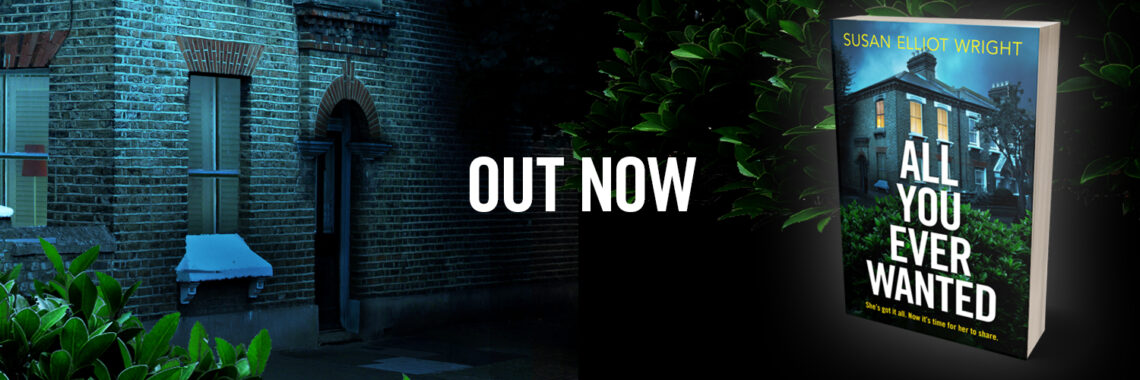The Writing Bit
So, you’ve finished the first draft of your novel; you have a story, a world, and a beginning, middle, and – oh joy of joys – end. You’re probably bursting to show it to someone. You’ve written a book and you know that at least some of it is really very good indeed, so why not?
Although it’s natural to want to show your nearest and dearest how clever you are, there are a number of reasons why it’s best to wait.
First, I should perhaps make the distinction between showing your work to writing friends for feedback and/or constructive criticism, and showing it to your partner/mum for a well-deserved pat on the back.
Showing it to writing friends:
Writing friends are useful for spotting sections that don’t work so well, repetitions, overwriting, lack of pace, inconsistency of tense, etcetera, etcetera. You may have shared individual chapters or scenes already, and if you haven’t, now is perhaps a good time to identify the parts of your novel that you’re not so happy with and get some feedback from people who know what they’re talking about.
Having said that, I’d still caution against showing the whole of your first draft to too many people at this early stage. You’ll need to ‘save’ readers for future drafts. We all get to the end of a first draft with the hope that it’ll just need a bit of tweaking and it’ll be ready to go, but in reality, it’s likely to go through significant redrafting that may include structural changes, adding and deleting scenes, even getting rid of entire characters. The problem is that once someone’s read your novel a couple of times, they too become too close to it to view it objectively; they may also be thrown by the changes you’ve made, because they remember the first version.
If you have writing friends who are kind enough to commit to reading your entire draft, use them wisely! Don’t give it to anyone until you’ve re-read it after leaving it for at least six weeks to ‘ripen’. Then, when there’s no more you can do, give it to a writing friend whose judgement you trust – but only one at a time. There’s no point in giving it to four people (assuming you’re lucky enough to have four willing readers) only to find that the first one to finish spots something big that you know you need to change. If you use one reader at a time, you’ll have fresh eyes on every draft – much more useful than a jaded reader who’s almost as close to it as you are.
Showing it to your loved ones and non-writing friends:
This group of people tends to fall into two categories – those who’ll tell you what you’ve written is sheer genius, and those who’ll try to give you what you’ve asked for – honest feedback. The first group is of limited critical value for obvious reasons.
The second group can be useful, but I’d say don’t use them until you’re at or near publishable standard. The reason is that people who’ve never written a novel have no idea just how difficult it is and how much revision and redrafting is perfectly normal. When you tell a non-writing friend that you’ve written a novel, they may be happy to read it and give you feedback, but remember, the only terms of reference they have are published novels, and that’s the standard they’ll be judging you against.
Most people accept that writing a novel is difficult, but they often think that’s because of the sheer volume of words. When I started my first novel I had this idea that I’d start at page one, write through to the end, then do a bit of editing – even a lot of editing – and then it would be finished. I didn’t understand that this is something that only happens rarely for some lucky writers, and it’s the exception rather than the rule.
So your non-writing readers may unwittingly knock your confidence because their expectations are just too high. The best advice is, I think, to wait. Use readers sparingly, one at a time, draft by draft. I wish I’d had this advice before ‘using up’ all my readers in drafts one and two!
The Reading Bit
No book review this week, but I thought I’d just mention how useful I’ve found the ‘reading journal’ a friend bought me for Christmas last year. I don’t know about you, but I can read a book, love it, but totally forget the story within a few weeks, so when I recommend it to friends and they ask what it’s about, I look blank. The journal allows me to keep a record of what I’ve read, who wrote it and what I thought of it – anything from a few details to a full review. So at a glance, I can tell you everything I’ve read this year with details of plot, characters and how the story’s told. There are also pages to record books I’ve leant to others, and a space to list books I want to read next. If no-one buys you one of these for Christmas, treat yourself!t
The Food Bit
This is the easiest, bestest Chocolate Pot recipe ever – and its vegan!
Simply melt 100g dark chocolate in the microwave or in a bowl over a pan of hot water (some dark chocolate contains milk, so check the ingredients first.) Then stir in 150ml Alpro soya cream and a tablespoon of brandy. When thoroughly mixed, pour into shot glasses and put in fridge to set. Serve garnished with a couple of physalis (those little orange fruits with a papery husk) just pull back the husk and set the fruit on top of the chocolate pots. Yum yum, piggy’s bum. It’s very rich, so small servings are good.
For more about me and my work, check out my website: https://susanelliotwright.co.uk
